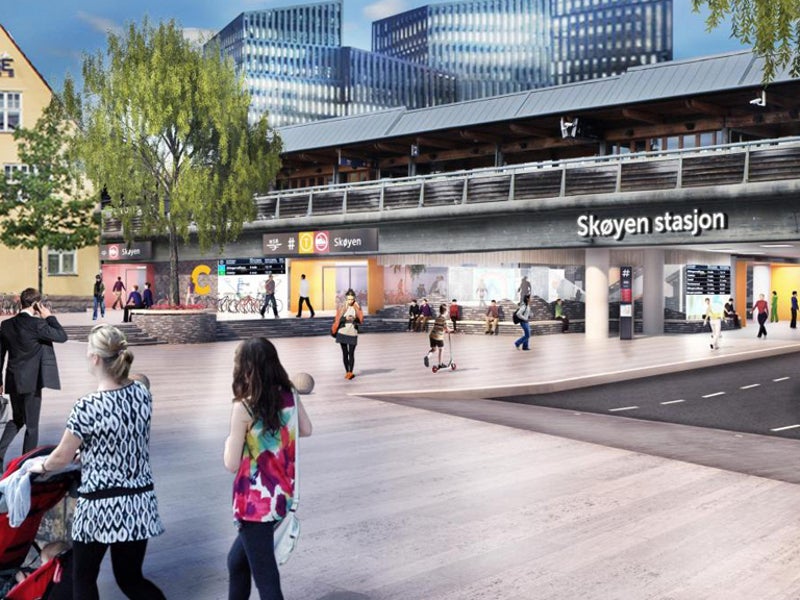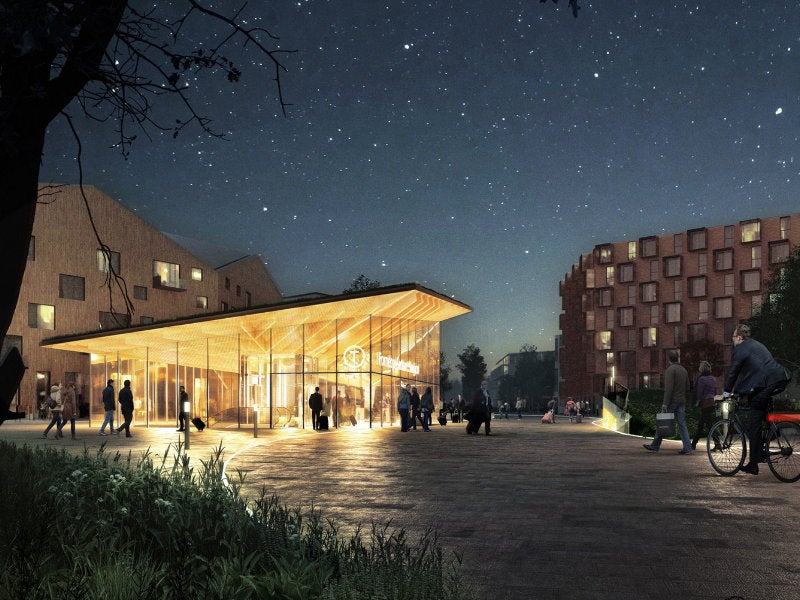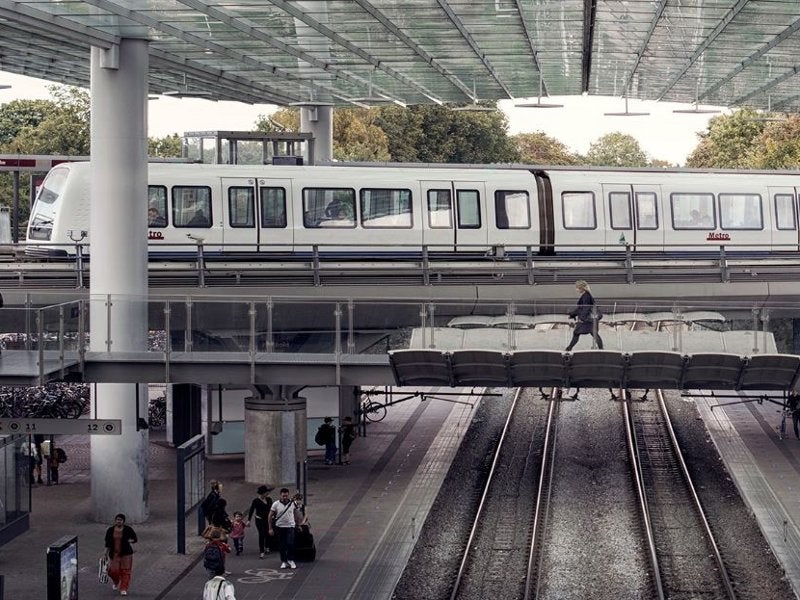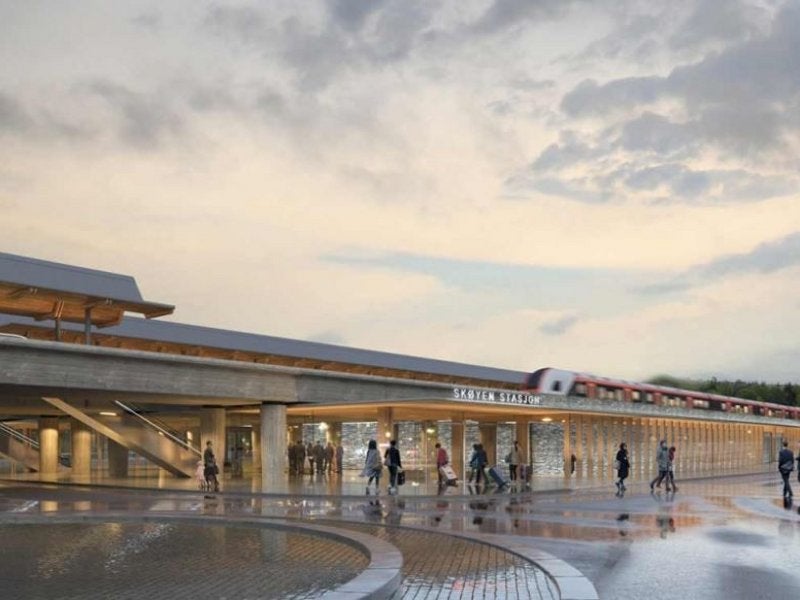Fornebu Line, also known as Fornebubanen, is a proposed extension of Oslo Metro that will connect Oslo, the capital city of Norway, to Fornebu peninsula in Bærum.
The new metro line will be built below the ground from the existing Majorstuen T-rail interchange station to Fornebu.
Estimated to cost Nkr16bn ($1.8bn), Fornebu Line is the biggest transport project in Oslo in the last 20 years. The project is being carried out by the City of Oslo in collaboration with Akershus County Council.
The new line was approved in January 2018 and construction work is expected to commence in March 2020.
The metro line extension will create up to 20,000 new jobs when completed in 2026. It will reduce traffic congestion on the road network along the route while supporting urban development.
Fornebu Line route details
Fornebu Line will extend the existing Oslo Metro by adding an 8.5km-long underground tunnel and new stations in Oslo and Bærum. The line will stretch for 5.6km in Oslo, while the remaining 3.1km section will be built in Bærum.
The track will begin at Majorstuen in Oslo and run westwards to Fornebu before ending at Fornebu Senter in Bærum. It will join Oslo Metro’s Common Tunnel at the Majorstuen station in Oslo.
An underground maintenance centre will be established in Fornebu and an operational base built at the Fornebu Senter station in Bærum.
The Oslo Metro extension will carry up to 8,000 passengers an hour in a six-car train service with eight hourly departures. The journey time from Fornebu to Majorstuen will be approximately 12 minutes.
Details of stations on the Fornebu Line
The Fornebu Line will have six underground stations, namely Fornebu Senter, Flytårnet, Fornebuporten (former Arena), Lysaker, Vækerø, and Skøyen. Each station will have a length of 120m.
The design concept of the Fornebu Senter station was inspired by Norway’s mountainous landscapes and canyons. The public plazas at street level can be easily transformed into entrances at both the ends of the station to serve as meeting places.
Fornebuporten station entrances will feature two different civic spaces at street level. It will have an oval canopy towards the north side and a layered orthogonal pavilion and public piazza towards the south side. The station will be installed with atmospheric lightning, which will adjust to the changing Oslo sky.
Vækerø station will have a long continuous connection between two elevated entrances, which are connected together with a gold-finished sculptural sky made of golden metal. The station will also have underground bicycle parking areas, which will be accessible by cycle ramps.
Skøyen station will also feature 1,000 underground bicycle parking spaces.
Contractors involved
A joint venture between Multiconsult and COWI won a contract in September 2017 for the design and construction of the Fornebu Line, design of deposit-base infrastructure and workshop, and construction of associated infrastructure.
COWI is responsible for the development of the concept design, while Multiconsult will offer engineering services from pre-design through the completion of infrastructure.
Zaha Hadid Architects and A-lab were selected to design Fornebuporten and Fornebu Senter stations of the new Fornebu Line, while the design contract for the Lysaker metro station was awarded to Longva arkitekter, Asplan Viak, and Arup.
Gottlieb Paludan Architects and L2 Arkitekter won a contract in November 2018 to provide design services for Skøyen and Vækerø stations.
One Works, Collective Works, Pir 2, ÅF Lighting, and Planke will design the Fornebu Senter station.
Dovre Group signed a four-year framework agreement with the City of Oslo and Fornebubanen in April 2019 to provide consultants for tasks such as project management, contract advisory, and engineering management.





